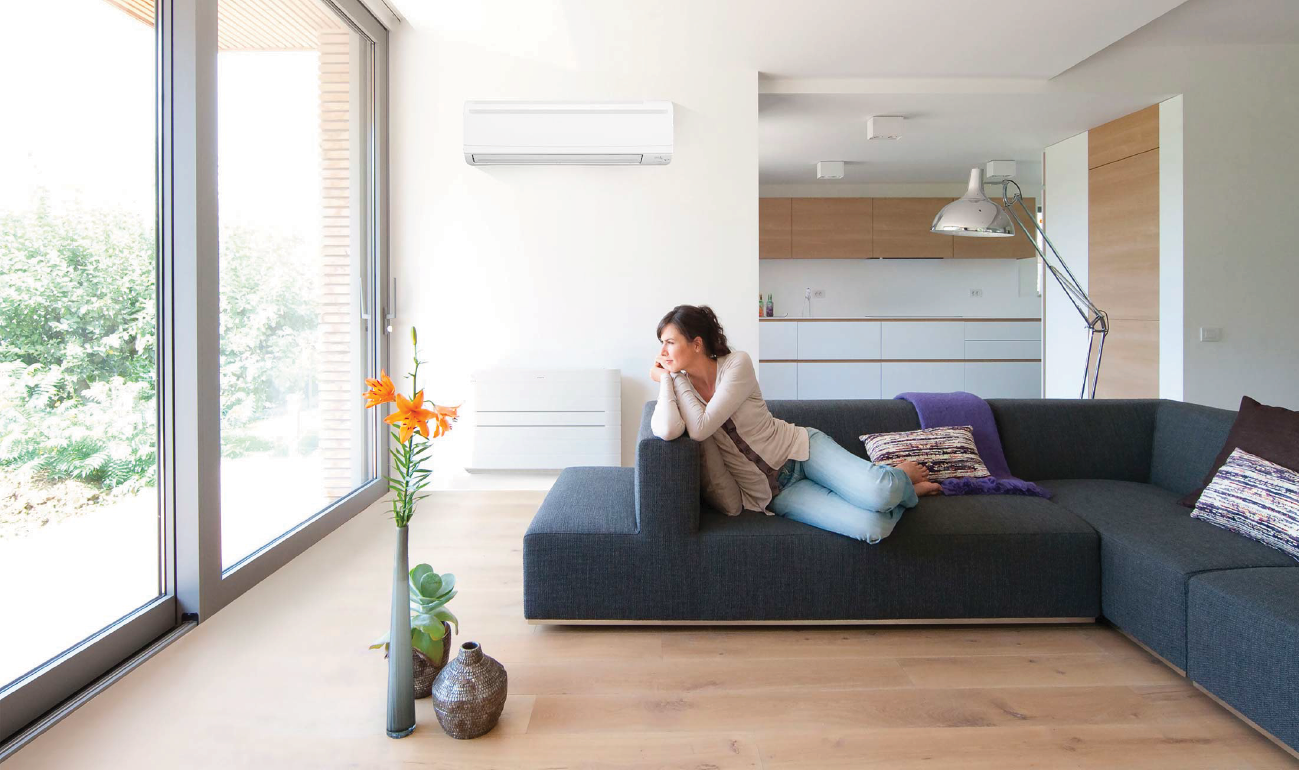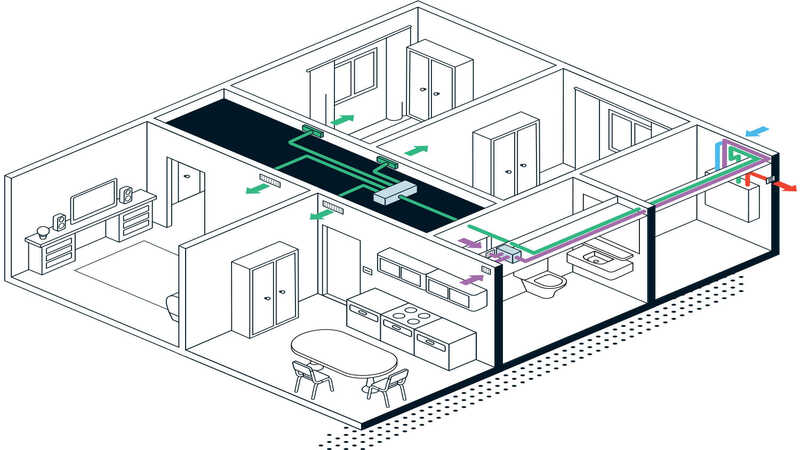Clean air and energy efficiency are two key elements that characterise controlled mechanical ventilation systems. Let's find out together what it is, how it works and whether or not it is a useful solution for our homes.
Is controlled mechanical ventilation useful?
Controlled mechanical ventilation systems, also called VMC systems, are an essential component of passive houses, i.e. houses that combine sustainability and energy efficiency. Heating inside them does not require traditional systems. On the contrary, it comes from other sources such as:
- thermal windows and doors;
- wall insulation;
- thermal windows that contribute to insulation and favour solar radiation.
To these is added, as mentioned above, the VMC. In passive houses, in fact, the high level of insulation totally reduces air leaks: consequently, the absence of a change of air in closed rooms could lead to the formation of mould. This is why the action of VMC systems ensures optimal air quality at all times.
There are two types of controlled mechanical ventilation systems
- centralised systems, with a single motor for air exchange in each room;
- decentralised systems, with motors installed in each room
The most advanced VMC systems are equipped with a heat exchanger: thanks to this device, the thermal energy of the exhausted air that is expelled gives up heat to the newly filtered incoming air. This type of plant can be subdivided into:
- single-flow system, with a single pipe in which outgoing and incoming air alternate;
- double-flow system, with one pipe for outgoing and one for incoming air.
The advantage of a VMC system is therefore linked first of all to the effective control of the home microclimate, with the introduction of filtered air free of pollen and dust, and to the recovery of heat from the room recycling process, which has a positive impact on energy saving.

How much does a CMV system cost?
On the other hand, VMC systems require an initial economic effort that also varies depending on the type of system to be installed. Masonry work is also required for the elements that make it up.
Controlled mechanical ventilation becomes, on the other hand, an excellent resource for new buildings in the design and construction phase, since it contributes to raising the energy efficiency class of the structure.
Thanks to the indications of experienced and competent technicians, it is possible to evaluate the most suitable solution for one's needs and requirements and avoid costly investments that, on balance, do not guarantee a real benefit.
How long should mechanical ventilation be on?
A quality controlled mechanical ventilation (CMV) system is more essential than ever, as it must be on at all times, even in the absence of the inhabitants of the house. Its action, let us remember, is to prevent an excessive accumulation of humidity and to counteract the formation of mould and unhealthy air.
Among the most common mistakes is the idea that switching off a VMC system when you are not at home contributes to savings. In reality, it is precisely the continuous switching on and off of the system that leads to higher consumption, whereas these systems are designed to be continuously operational.
For example, they have a specific functionality for the night, mainly to minimise noise and not disturb during sleep, and this is the part of the day when the greatest accumulation of carbon dioxide is reached: if the VMC is switched off, it becomes totally useless.

How does VMC work in winter?
Controlled mechanical ventilation also represents added value for the winter season, thanks to the heat recovery on which it is based:
- indoor air, loaded with humidity and pollutants, is sucked in and conveyed towards the ventilation unit;
- before being expelled to the outside, it passes through the heat exchanger that transfers some of the heat contained in the exhausted air to the fresh air coming from outside;
- the outside air, now heated and filtered, is fed back into the house.
If we then consider that with the cold season it becomes more difficult to open the windows to facilitate the exchange of air, since it is the internal temperature that is affected, VMC systems on the one hand avoid heat loss, and on the other hand allow homes to constantly have excellent air quality for optimal living comfort.










































